Why Once Upon A Time Will Never Be Enough…

Once upon a time there was a little girl who was full of stories. There were dragons and Princesses, and a place called home where she could escape when the wolves came too close or the monsters gave chase. And the stories filled the girl with laughter and magic and that sense of wonder that belongs only in childhood.
Until one day… Someone told her that stories should begin with the words, Once Upon a Time. And although the girl knew in her heart that this wasn’t true, she was too polite to complain, too respectful to believe that the someone was wrong, too obedient to stand her ground, and so her stories changed.
Bit by bit her laughter dried, her magic vanished and her sense of wonder wandered away. And by the time she had written the words Once Upon a Time for the fifth time that week, her enthusiasm vanished.
“Once upon a time there was a snail, and a dinosaur and a unicorn. They were friends.“
Opening Lines:
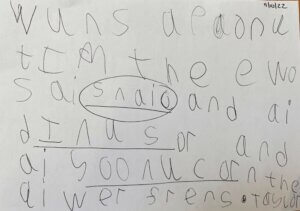
A critical ingredient of a good story is the opening line. This is the line that must connects with us if we are to continue reading. The opening line invites us into the story world, hints about what will happen next, and in one or two sentences presents us with a situation where we want to know more.
The writing above, by a Year 1 child shows us the characters in her story, and the relationship between them. I feel compelled to know more. But out of the six lines she has managed to write with such dedication, one third of them is taken up with the phrase Once Upon a Time. Imagine what we might have learned about the snail, the dinosaur and the unicorn, if she hadn’t felt obliged to start her story with this phrase.
Most published stories, start at a point of change, a moment in our protagonists life when he or she is facing something new. In my latest book, ‘The Growth of a Storyteller,’ I look at some famous opening lines from children’s literature. I have a shared a couple below.
Where the Wild Things Are
The night Max wore his wolf suit and made mischief of one kind, and another his mother called him “WILD THING!” and Max said “I’LL EAT YOU UP!” so he was sent to bed without eating anything.
We arrive as Max has been sent to bed without supper. An event outside of the normal has happened, Max is in trouble, and we want to know what happens next.
Where’s Spot?
That Spot! He hasn’t eaten his supper. Where can he be?
From this opening sentence, we know that something has happened to Spot. He hasn’t eaten his dinner, and no one has seen him.
Take a look through any picture book, or story for children. How many of them start with the words Once Upon a Time?
So where does this phrase come from? And why do so many children feel obliged to include it?

The phrase ‘Once Upon a Time’ has been used primarily for fairy tales and folk tales since the 1300s. Stories that start with this phrase often end with some version of – “and they all lived happily ever after”. There is nothing wrong with these starters or endings, but they are part of a specific genre.
There are also different variations of this from around the world. In Classic Arabic, folk stories would often start ‘There was, oh what there was, in the oldest of days, and ages, and times…’ These stories would end with the phrase, ‘The tale has finished, nice and not twisted.’
The Czech equivalent of Once Upon a Time is, ‘On seven mountain ranges, beyond seven rivers, there lived or there was…’ This is sometimes accompanied with the ending, ‘A bell rings, and the tale comes to its end.’ I like the German story starter, ‘Back in the days when it was still of help to wish for a thing…’
There are also interesting story endings. In Luxembourg, folk stories end with, ‘And if they haven’t died yet, they are still living today.’
But by far, my favourite ending of all goes to Turkey. ‘Lastly, three apples fell from the sky, one for our stories heroes, one for the person who told their tale and one for those who listened and promised to share.’
This reminds me of Helicopter Stories and the three roles children can take: the actor, the storyteller, and the audience member.
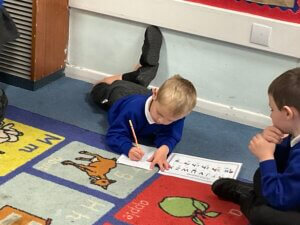
Story Openings of 3 to 4 Year Olds
Here are the beginning of six stories told to me by children aged 3 and 4.
Zoe – age 3
The dog crashed a plate, and a cake.
Zoe – age 4
Once there was a rabbit who lost its ball in the fog.
Fleur – age 3
Once a fairy walked over a roof.
Fleur – age 4
The dinosaur chased mummy.
Matteo – age 3
A volcano. It explodes.
Matteo – age 4
One day had a secret cave.
Any of these opening lines would not be out of place at the start of a professionally published story by an adult. Young children’s natural ability to leap straight into a story often means that their opening lines are highly compelling. The dog crashed a plate, and a cake instantly creates a picture in our mind of the plate with the cake on it, crashing to the floor. Once a fairy walks over a roof. Who is the fairy? What is she doing on the roof?
So what happens, as these children grow older, and why do so many of their stories end up starting with the words Once Upon a Time and as a result, lose the spontaneity and creativity of the story opening they were coming up with when they were younger?

Once Upon a Time is not the only opening for a story. It’s not even the most compelling. Children are born with a vast natural capacity for storytelling, for fantasy, for imagination. Let’s feed that imagination by encouraging stories with a range of different openings, and celebrating the creativity that exists. There are so many possibilities within the world of story, and Once Upon a Time is not enough.
Explore…
The impact of storytelling and story-acting in Trisha Lee’s new book, The Growth of a Storyteller (2022)
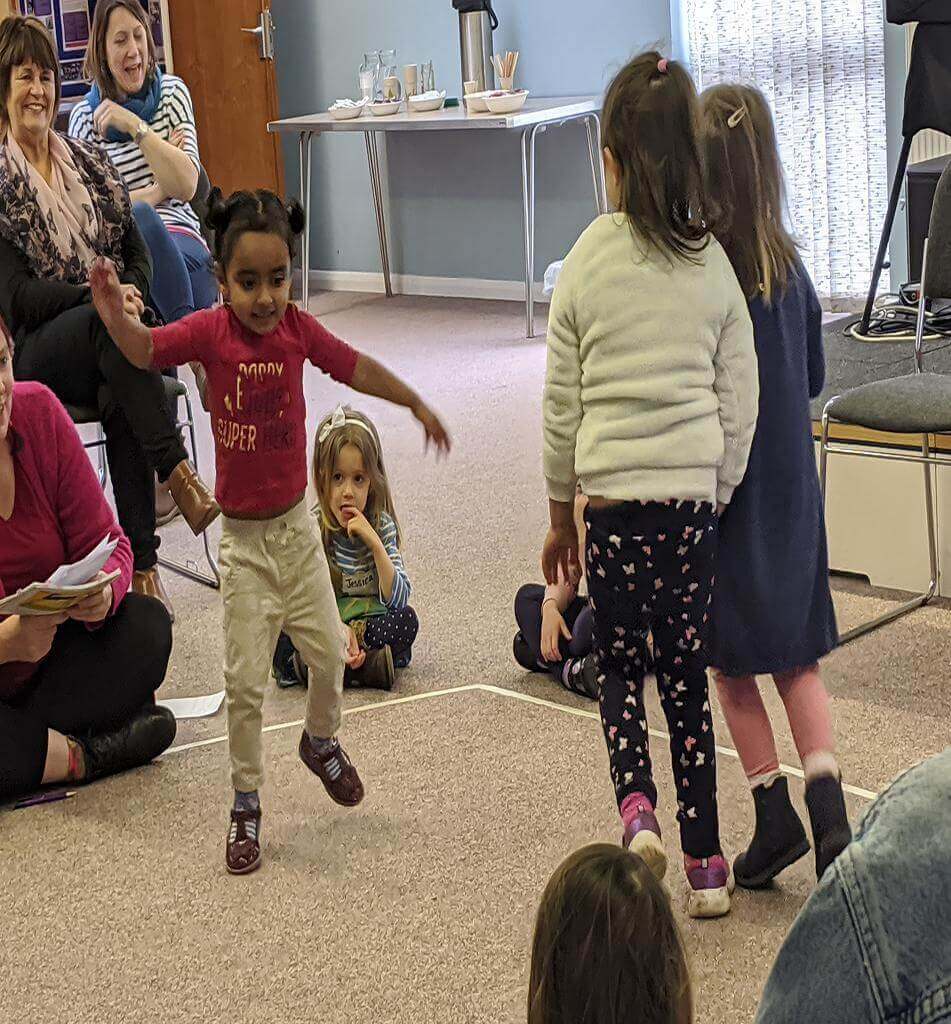


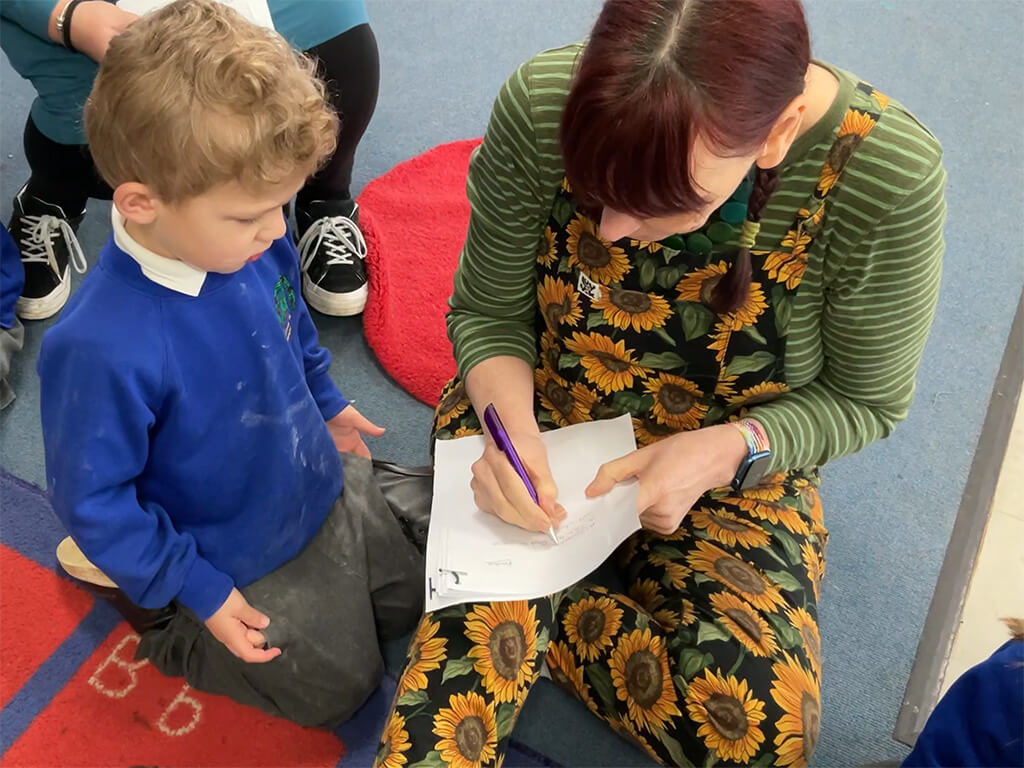
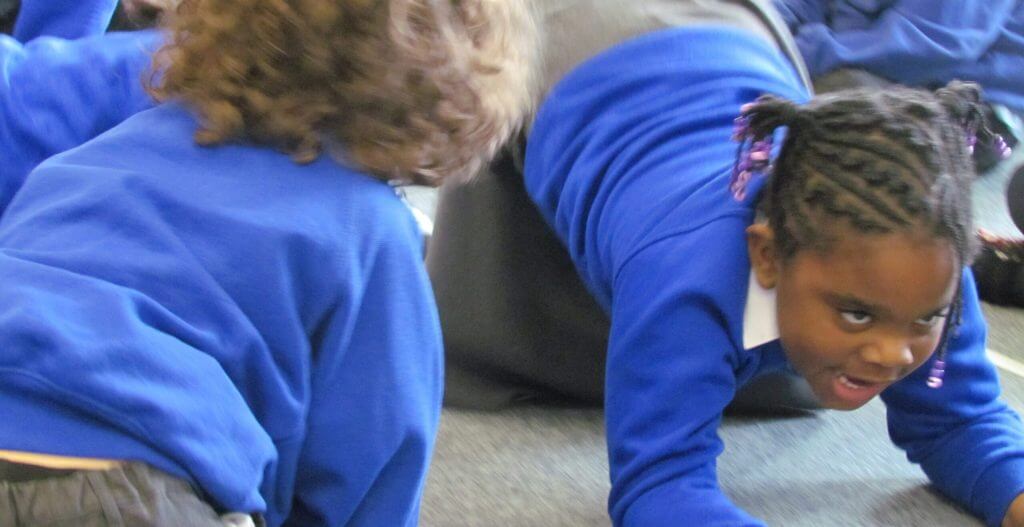
Responses